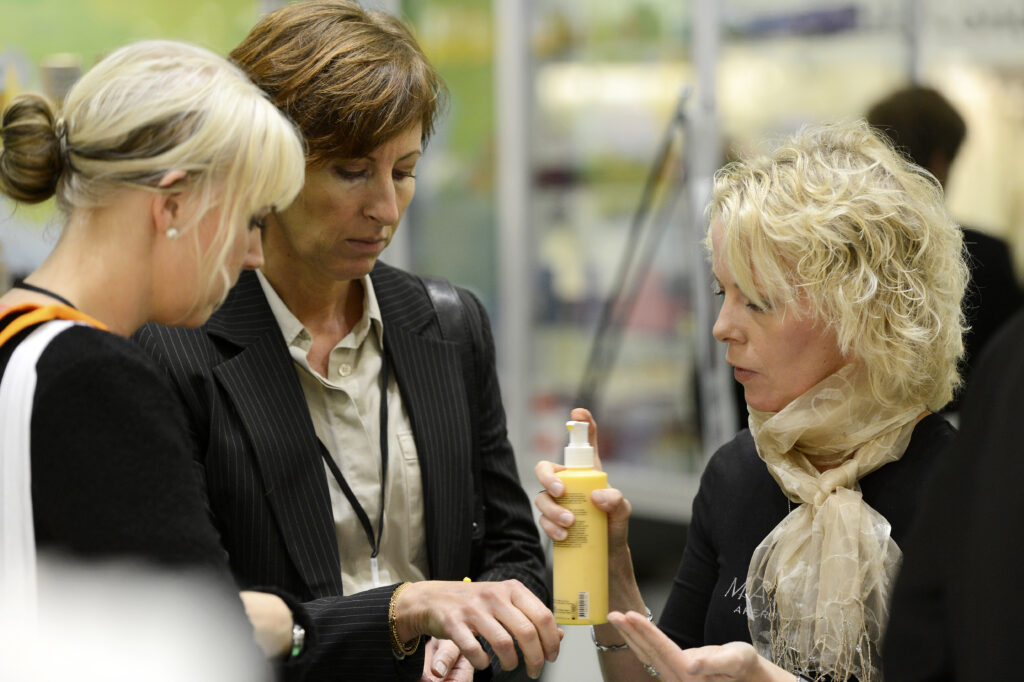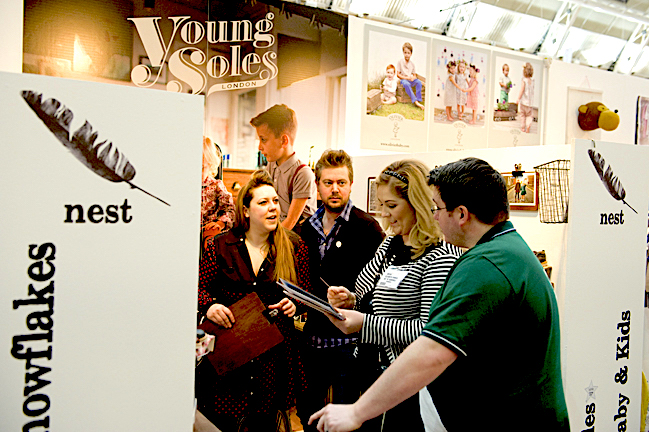In Leonard E. Read’s charming story of the Fifties I, Pencil: My Family Tree, the author makes the clear point that nobody knows how to make a modern pencil. Today we inhabit a world that has long since left the realm of craft and solo endeavour for the joys of communal production.
Industrialisation in the 19th century put community and the development of a collaborative marketplace at the forefront of human achievement, a process described by Read as “the spontaneous configuration of creative human energies.”
In this new world it no longer mattered what you knew but who, and how they could help you to achieve your goals.
Writer and journalist Matt Ridley, author of books including The Origins of Virtue and 2010’s The Rational Optimist: How Prosperity Evolves, took Read’s idea and indirectly explained why it applies to the exhibition industry.
“Who knows how to make a computer mouse? Nobody. Literally; nobody,” he explained to the crowd at TedGlobal in Oxford, UK, during his intriguingly named presentation ‘When Ideas Have Sex’. “There is nobody on this planet who knows how to make a computer mouse. The president of the computer mouse company doesn’t know; he just knows how to run a company. The man on the assembly line doesn’t know, because he doesn’t know how to drill an oil well to extract the oil to make plastic.
“We all know little bits but none of us knows the whole. What we’ve done in human society, through exchange and specialisation, is created a way to do things that we don’t even understand,” he says. “This is not the same with language. With language we have to transfer ideas that we understand with each other. With technology we can do things that are beyond our capabilities.
“We’ve gone beyond the capacity of the human mind to an extraordinary degree,” he said, adding that the debate about whether some racial groups have higher IQs than others is completely irrelevant in this collaborative world. Instead, he argues that what is important to a society is how well people are communicating their ideas and how well they are co-operating; not how clever the individuals within that society are.

“We’ve created something called the ‘collective brain’. We’re just the nodes, the neurons, in this brain,” says Ridley. “It’s the interchange of ideas, the meeting and mating of ideas between them that is causing technological progress, incrementally, bit-by-bit, even when bad things happen.”
And how better to gather an industry and foment the creation of new products than in the fissile, buzzing environment of an exhibition floor? Every encounter, planned or otherwise, is a step towards facilitating someone’s new idea and – through interaction and the sharing of skills and projects – to enhance the industries the exhibition serves.
“I am sure that because of the connections people are making and the ability to meet and mate [ideas] as never before, technology will advance and therefore living standards will advance,” says Ridley. “Because through the cloud, through crowd-sourcing, through the bottom-up world we’ve created where not just the elites but everybody is able to have their ideas and make them meet and mate, we are surely accelerating the rate of innovation.”
There are of course many forms of forum and congregation that enable the sharing of ideas. And as is prevalent throughout nature, many result in the survival of the fittest. But for every perfectly conceived idea there is also a demand for ideas from the fringes, specialised creations that hold appeal despite lacking more general success. Returning to the nature theme, the world has room for both fast-multiplying rabbits and sexually reluctant pandas, just as the omnipresent and everlasting cockroach may share space with the rare and peculiar platypus.
Exhibitions and trade shows facilitate this co-existence of ideas and concepts. While exhibitors experience a price differential at most exhibitions depending on the size, position or extravagance of their stand, anybody can take their place on the show floor. This brings benefits to visitors in a way that television or other above-the-line marketing does not. A person exposed to an Audi advert on television is unlikely to check an alternative car simply by chance, but they might do by walking the floors of an exhibition.
Some have expressed doubt about the continuing relevance of international trade fairs; as Miladin Šakić, former president of the Belgrade Fair, once put it: “there existed opinions without support, that trade fairs would be overcome and die out as unnecessary institutions”.
But today nobody is asking ‘why and what for, these trade fairs?’, according to Šakić. “On the contrary, due to the rush of that progress [industrialisation], much space has been created for the activity of trade fairs.” Surely he is right, and the live event medium holds an enduring appeal.
Šakić gives two components particular to exhibitions and trade shows that nobody and nothing has been able to replace so far. Firstly, trade fairs have remained outstanding places where the results accomplished in any branch of economic activity can be compared and judged peacefully and without prejudice. Secondly, trade fairs have kept their position as “important instances for open dialogue, for the realisation of programmes in the manufacturer-trader-consumer line, and for talks and agreements, again without prejudice, among citizens of various nations.”
The latter, Šakić says, means that in a sense, trade fairs effect the role of ambassadors, “bringing people together and in promoting economic, commercial, and other relations between peoples and nations.”

Exhibiting due care and consideration
Of course the benefits of exhibitions are mitigated by several factors, and for uninitiated exhibitors, these events could be seen to present something of a gamble. They worry that the profile of the event may not be correct for their company, despite the title or apparent target audience. Expenses may outweigh the likely value of leads gained as a result, there is the big issue of return on investment (ROI) that we will address later in this book, and it may not be the right time of year for buyers. The natural cycle of an industry must also be carefully understood. There is no sense in showcasing summer clothing at a spring/summer fashion event in Paris, as the lead times on orders and the fashion industry cycle dictate that this is the time to stock up on winter garb. No matter how bizarre the outsider may feel watching models showcasing fake fur coats in the blazing heat of early Paris summer, or sporting swimwear and summer playsuits on a freezing winter morning in London, that is the industry norm.
While most exhibitions are about lead generation and signing deals, there is much else going on besides. The show floor offers a chance for networking, industry insight and awareness; and an exhibition’s education programme plays an increasingly important role given the modern opportunity for exploiting such content digitally, shining a light on the event through the Internet.
The ability to make a connection at shows is the live event medium’s strongest card.


Leave a Reply